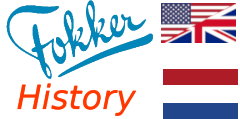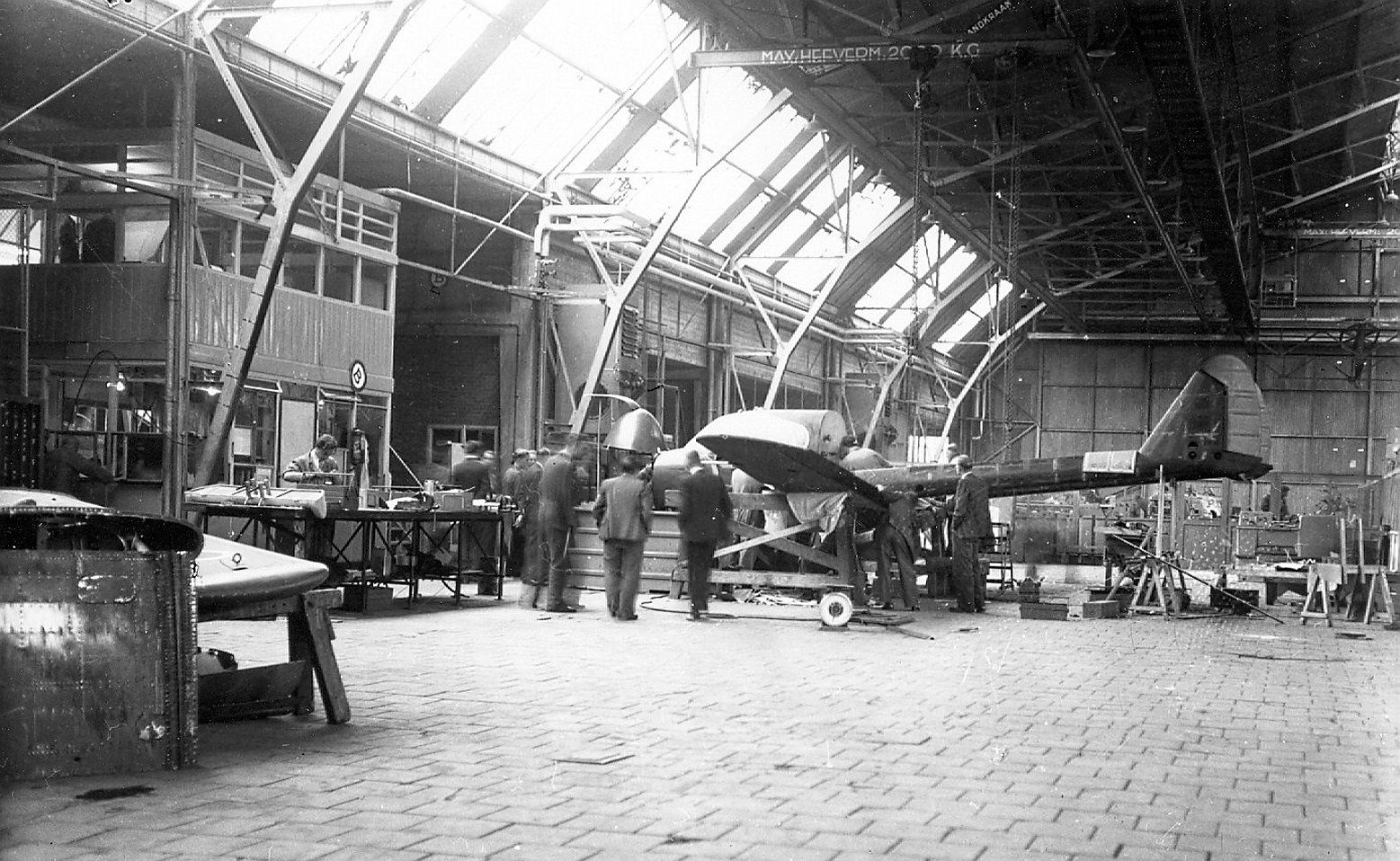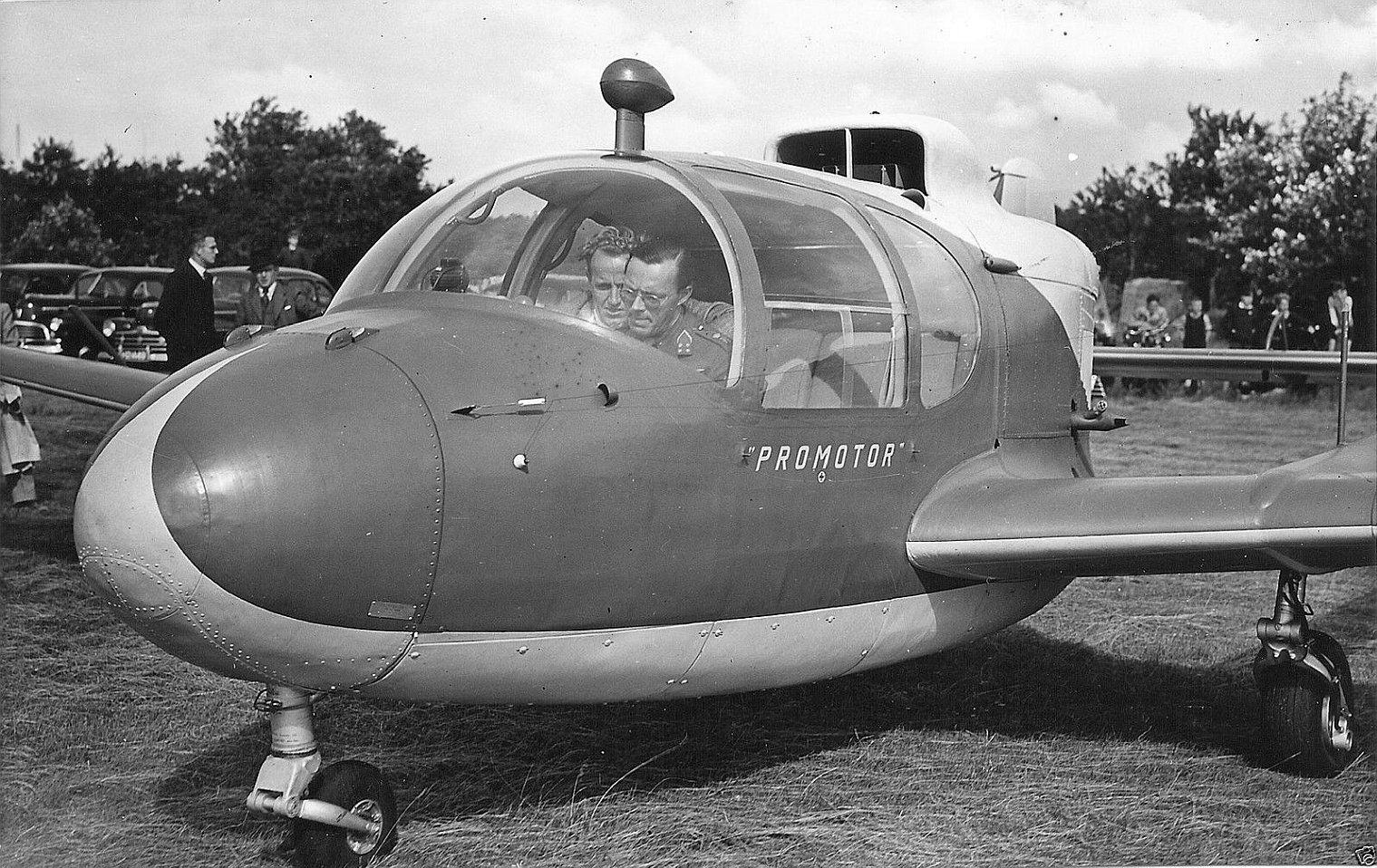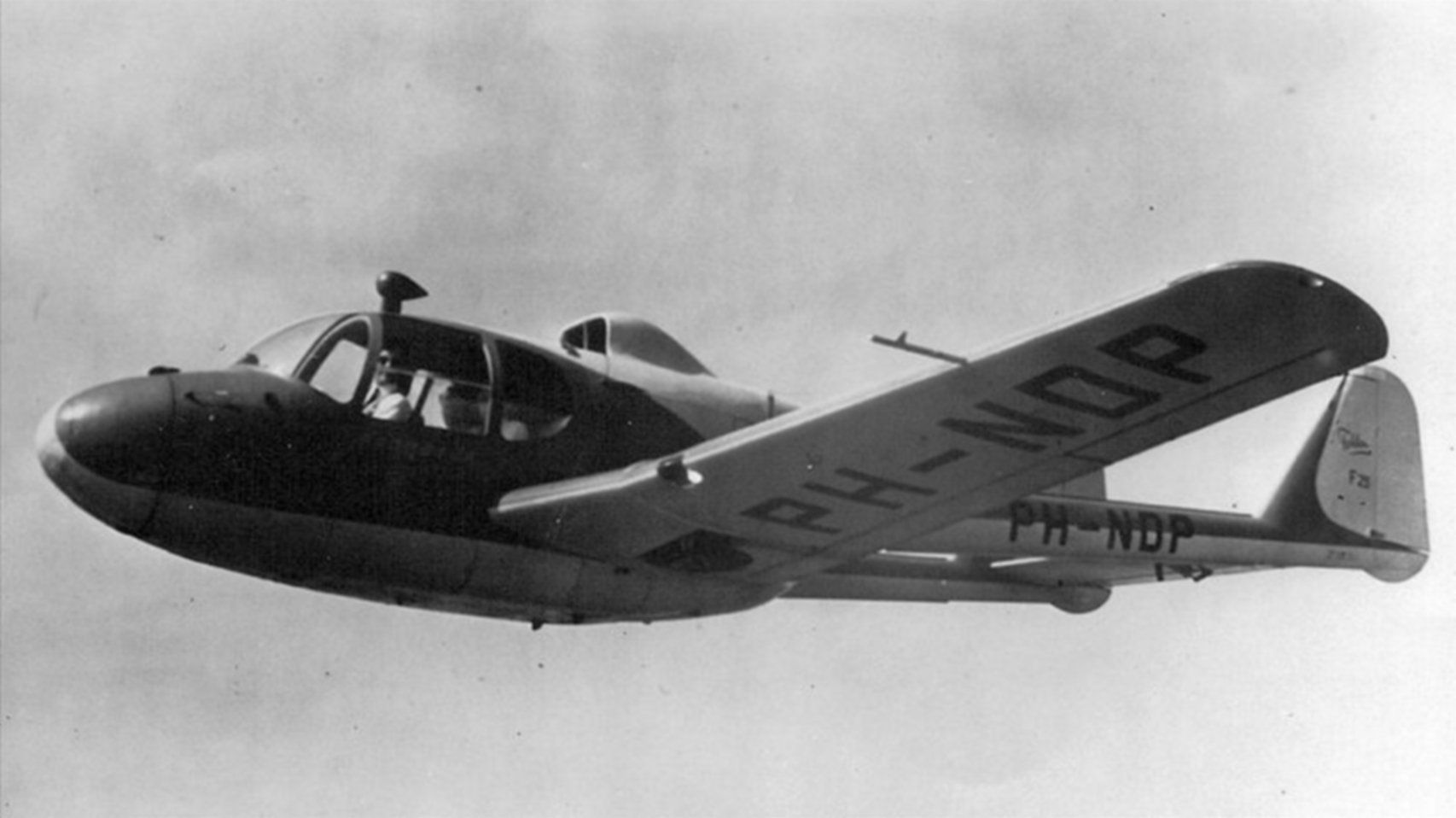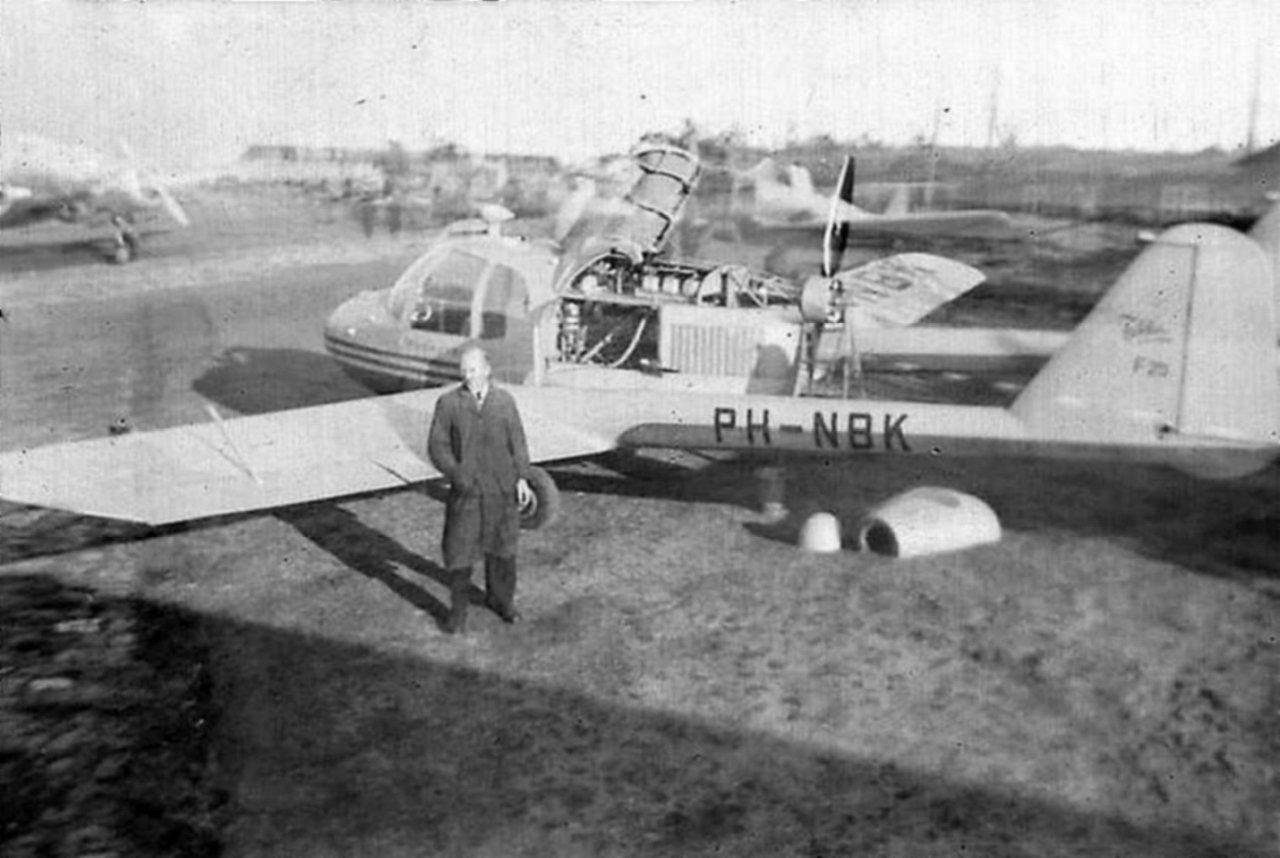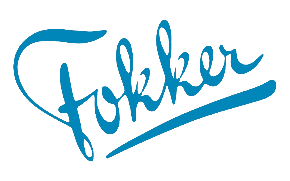Fokker F.25 Promotor
To reclaim a position again on the aircraft market after the second Word War, proved to be a challenge for Fokker.
Developing a new passenger aircraft was difficult. The market in Europe was saturated with refurbished DC-3s and DC-4s (Dakota’s, C.47 Skytrain and Skymasters), and Fokker itself did not yet have the capital to undertake any new developments.
The first thoughts were on a possible new market in aviation, the business aircraft. On May 16th, 1946, Frits Diepen Aircraft N.V. commissioned Fokker to build 100 F.25 aircraft. A four-seater business aircraft (1 pilot and 3 passenger seats) designed by Marius Beeling and to be used as an air-taxi.
Frits Diepen had the worldwide sales rights for the aircraft. Frits Diepen Aircraft N.V. was a trading company at Ypenburg airport near Den Haag and sold aircraft and airline equipment. In addition, they maintained and repaired aircraft and transported passengers with air taxis.
The F25 twin-boomed monoplane was powered at the rear of the fuselage by a single 190 hp, 6-cylinder Lycoming O-435-A pusher engine. The wings and fuselage consisted of a wooden construction while the twin booms and engine plating were constructed with aluminum. The aircraft was fitted with a retractable nosewheel.
Instead of the usual 2 + 2 seating, the pilot sat in front to the left, and the three passengers were on a bench seat behind of him.
On October 20th, 1946, Gerben Sonderman made the first flight with the F.25 prototype. A demonstration tour of the F.25 in England and Spain did not yield orders. The aircraft was technically and commercially not a success. Only 21 were built, some of which are not even completed. In the end, not a single F.25 was sold. Most were in storage in a hangar at Soesterberg airbase and it is assumed that they were demolished around 1955.
Click on the photo to enlarge the photo
